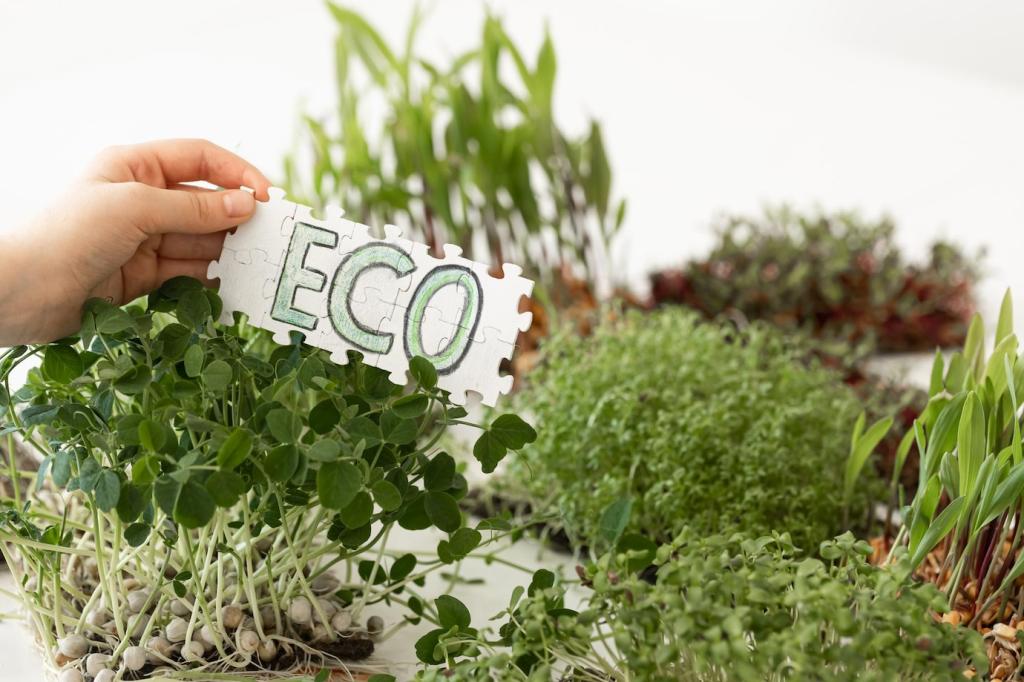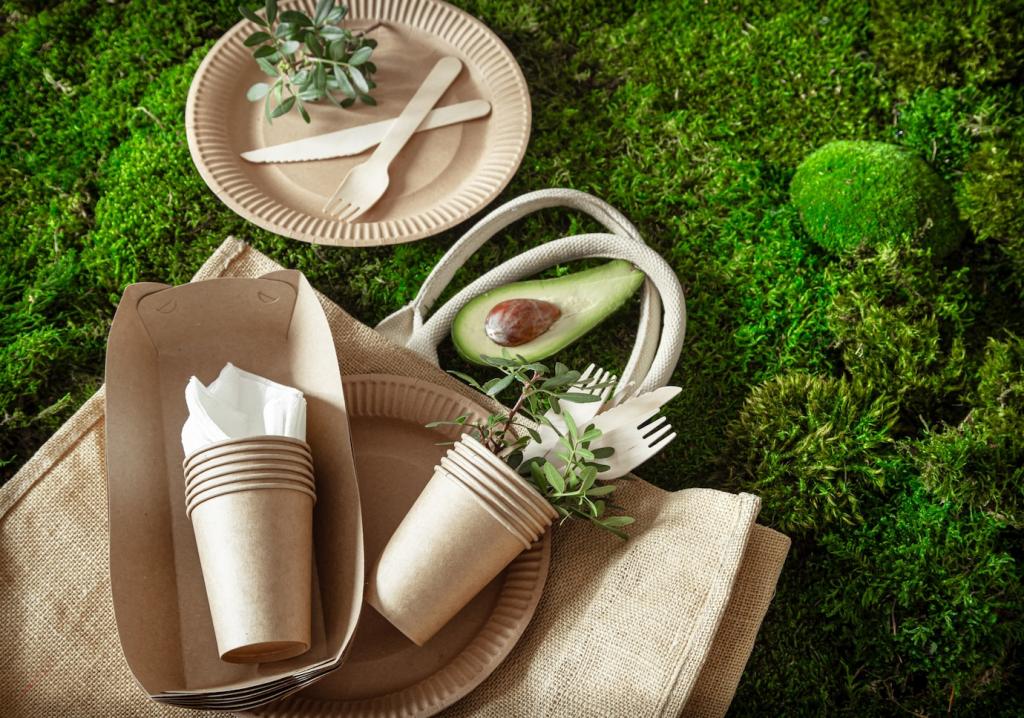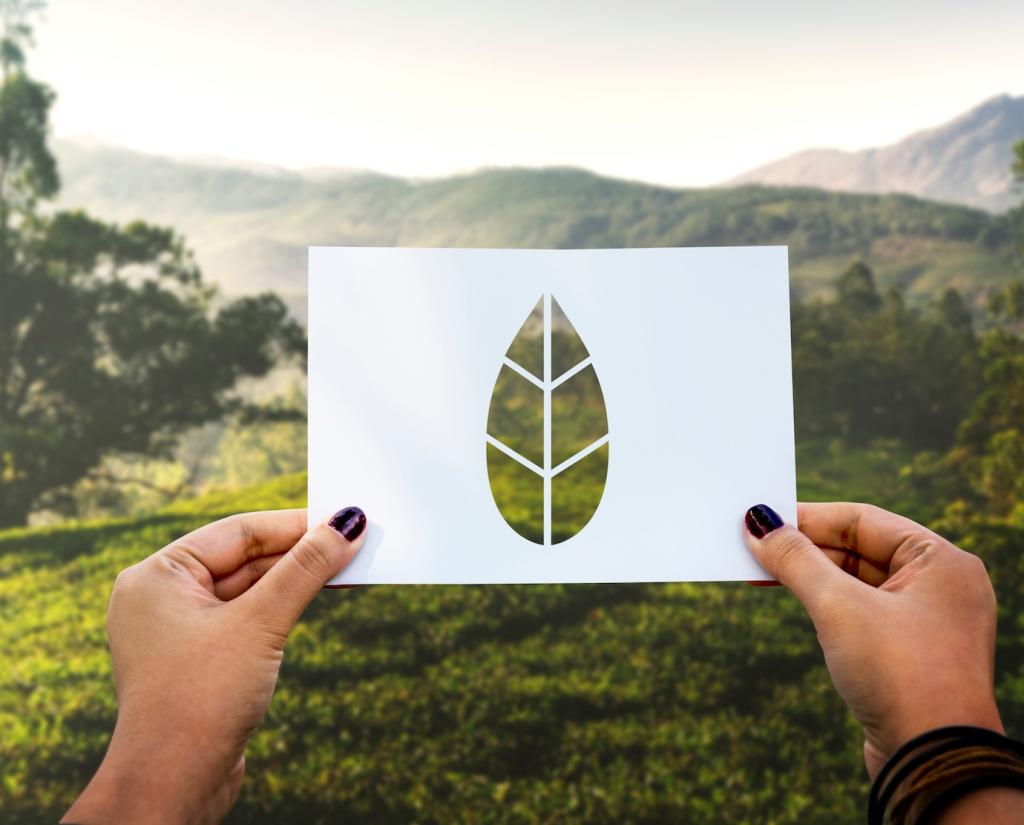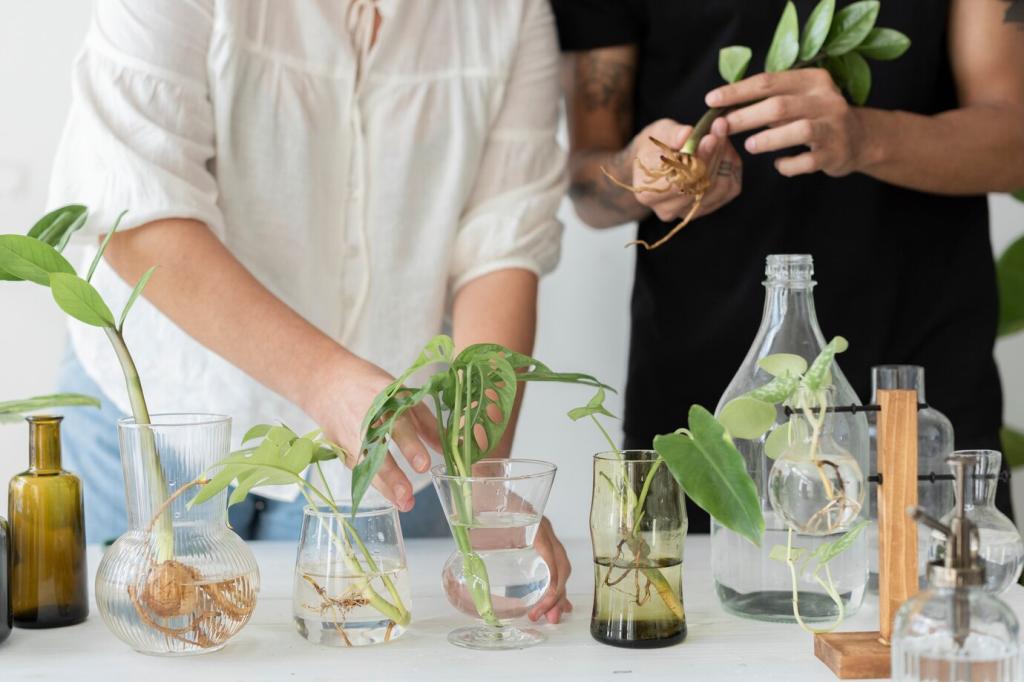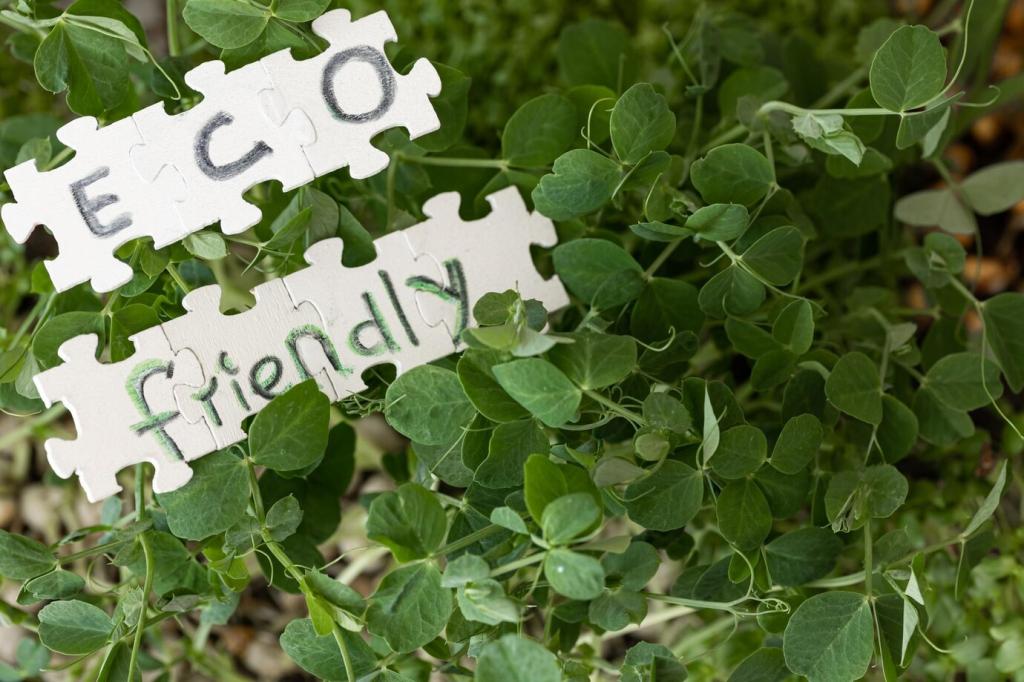Repairing Structure, Saving History
Try rivets, bolts, and modern metal epoxies before striking an arc. These reversible fixes prevent heat warping, simplify future repairs, and protect delicate patina. Clamp assemblies square, verify alignment under load, and photograph steps so the community can learn from your sequence.
Repairing Structure, Saving History
Cracked chair legs and split seams sometimes demand welding. Partner with a certified TIG or MIG welder, request small stitch beads, and cool between passes to minimize distortion. Ask your makerspace for referrals, then report back with costs, timelines, and lessons learned.

